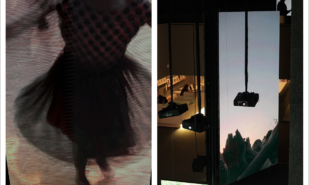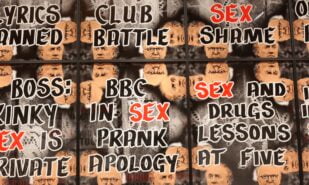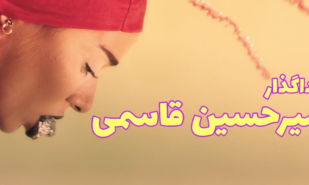Travel to the country where you have probably never been to with a new chance to discover the unknown and unrevealed pages of world history linked to the legacy of British colonialism. November 2, 2023, with 2023 being the year of the 75th anniversary of Burma’s independence from British colonial control, marked the opening of an ambitious Burma to Myanmar exhibition project curated by Dr Alexandra Green that will last till February 11, 2024. Myanmar (or Burma) is a country with contradictious history and is currently isolated from the West due to the semi-military regime it has since the coup in February 2021. Although for centuries it had been fully integrated into the economic life and trading routes of what is now Southeast Asia, it has been subject to corruption and unsteady military and autocratic rule since the 1960s, leading to it becoming a black horse for modern societies.
From interconnectedness to isolation: the difficult and fascinating history of Burma/Myanmar
From interconnectedness to isolation: the difficult and fascinating history of Burma/Myanmar

Trying to be historically correct, we should avoid calling it a country, as there have been many religious and ethnic networks, Shan principalities, kingdoms and spheres of influence in Burma before the modern border division was introduced by British colonialism. This region has its unique culture that bears traces of intense multiculturalism and interconnections revealed through multiple objects. These objects are silent witnesses of Burma’s development that has known struggles of rulers for power, spreading influence over the surrounding territories, letters written to British kings and totalitarian killings and arrests in the 20th century. The exhibition has a noble task to unweave this spot on a globe and a period in world history to you and make children and adults alike learn more about the connected cultures and religions of this country through the artefacts from different periods.
By the way, before or after you visit this exhibition, don’t miss a wonderful opportunity to create context for seeing the objects presented at the British Museum. This country’s complicated history is worth discovering through the eyes of the specialist who has initiated and curated the exhibition. Just in over a week, on November 15, Dr Alexandra Green will meet a Myanmar expert Prof Sandra Dudley to discuss the history of this troubled country over the last 1500 years, and the cultural, economic and economic connections it has had with neighbouring territories (Bangladesh, Laos, China, Thailand, India). It is a chance to hear about its different and unique climate zones rich in resources including gold and silver, rubies and sapphires, jade, amber, marble, petroleum oil, teak, rice, cotton, opium, lacquer, sea products and ivory. Learning about its trading history, power struggles, and a difficult road through being part of the British empire will give you excellent background for understanding what the objects from different periods of Burma/Myanmar history mean and what events they represent.
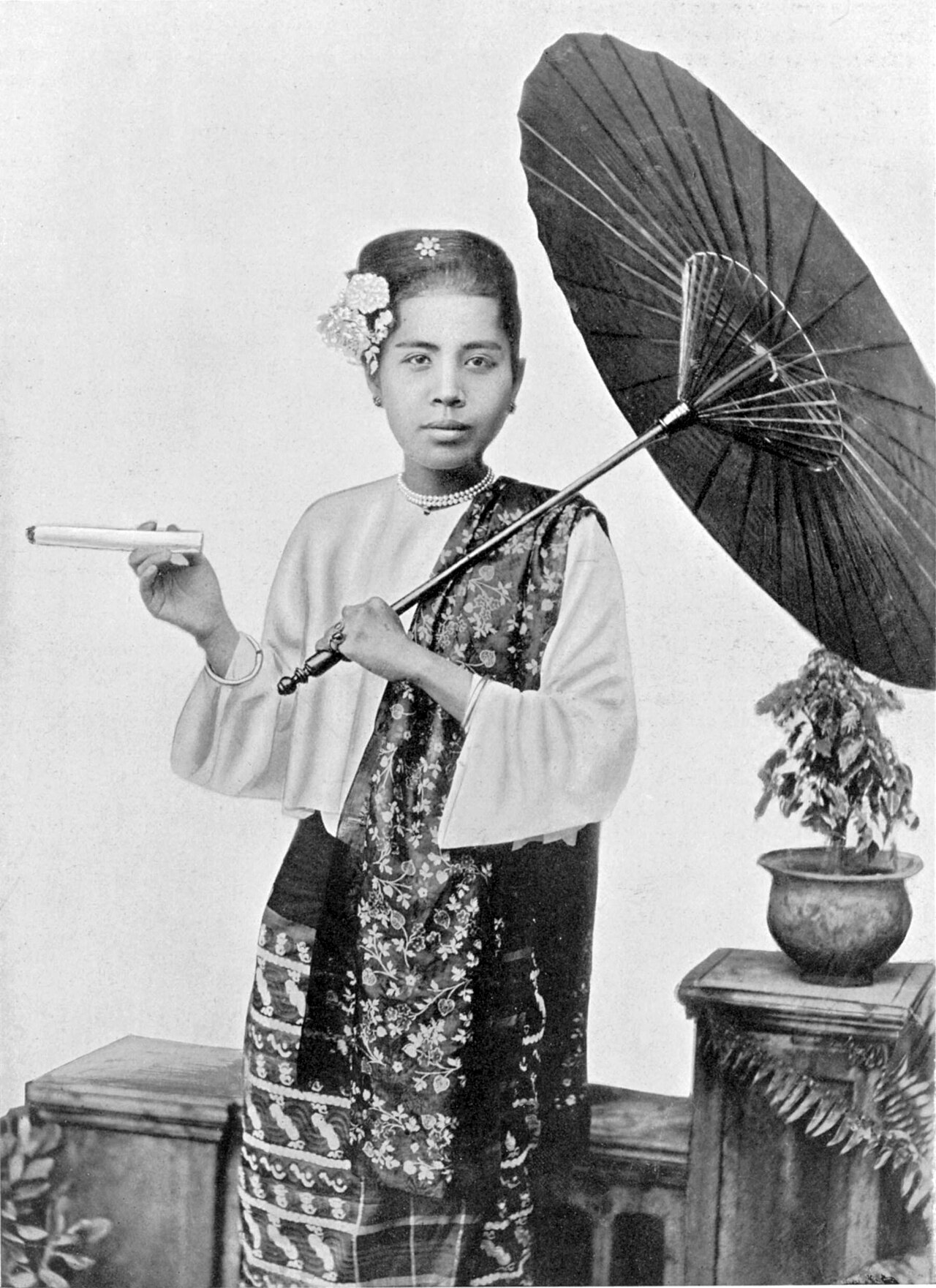
Some of the objects have interesting facts behind them and could help us build a chronological timeline of the country’s development. Thus, a silver tanka coin on display is a proof of existing trade networks of the kingdom of Arakan in the 1580s–1635, when kings minted coins with inscriptions in three languages – Bengali, Persian (written in Arabic script) and Arakanese. The king who issued this coin, Dhammaraja Hussain, had a combination of a Buddhist title and a Muslim name. Another interesting artefact is a letter from King Alaungpaya to George II encrusted with gold and 24 Burmese rubies and written to the King in 1756. The king Alaungpaya managed to build a large empire and wanted to establish himself diplomatically, hence his attempted correspondence with King George II, offering him to use the south port in Burma. King George didn’t respond (a great offence indeed) and just sent this letter to his private library in Hannover, Germany from where it comes to the exhibition today.
There was a time when three Anglo-Burman wars lead to the division of the territory without taking into account the natural borders and spheres of influence: thus, one of the exhibition objects provided by the Cambridge University Library, shows a map of an area along the Nam Mao (Shweli in Burmese) River with the states of Namhkam (red), Selan (black) and Mong Mao (yellow) along an approximately 47km stretch of the river: Namhkam and Selan after 1888 were made part of the Hsenwi administrative division (now Myanmar) established by the British, while Mong Mao became part of Yunnan province in China. There are also objects indicating cultural and religious diversity of the region, including a textile hanging with the scenes of the Ramayana epic performed at Burmese court (early 1900s) and a standing Buddha offering a myrobalan fruit from the late 19th century. Representing Buddha standing is not common and is a result of re-examination of Buddhist texts under King Mindon in 1871 and specifically Burmese interpretations of its main religious symbols as a result.
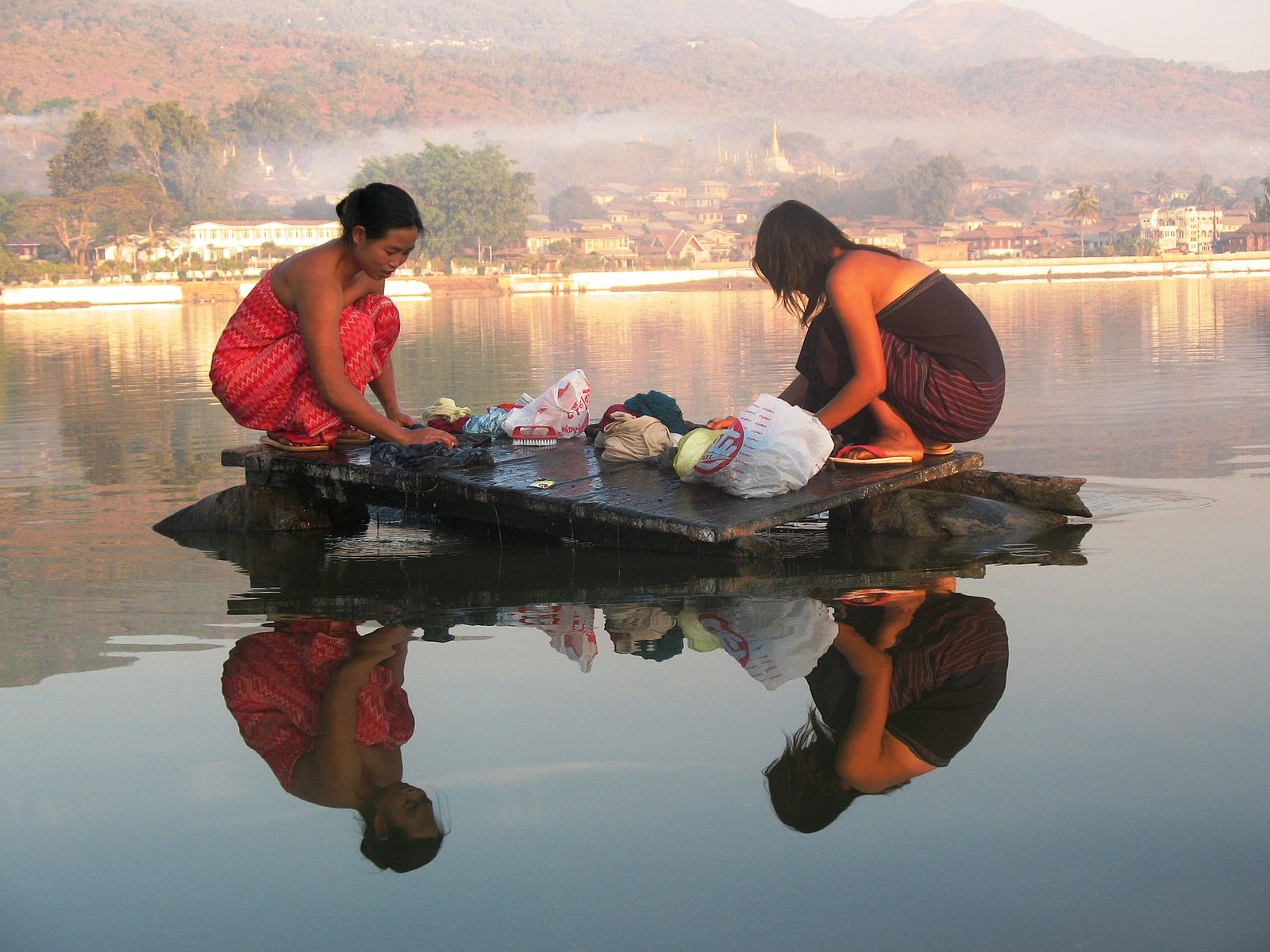
Living in Myanmar in the 20th century was not easy – riches and status was linked to one’s role in the military system of the country. Many artists emigrated, those people who stayed were subjected to repressions, control, fear and unfair treatment where the country’s depleted resources were not cared for and incorrect gold mining caused ecological problems. San Minn’s 1986 painting of a car with tank treads alludes to militarisation of the country and red is a symbol of violence and threats. Although attempts to establish the National league for Democracy party were made, and in 2020 it won the election, the military coup turned the wheel again, with the current state of affairs keeping the country isolated. Let us hope that this exhibition and our understanding of the country’s history will make the world just a little better, despite all the conflicts and trauma in different regions it is now facing.
Exhibition Burma to Myanmar 2Nov20023 —11Feb20024

